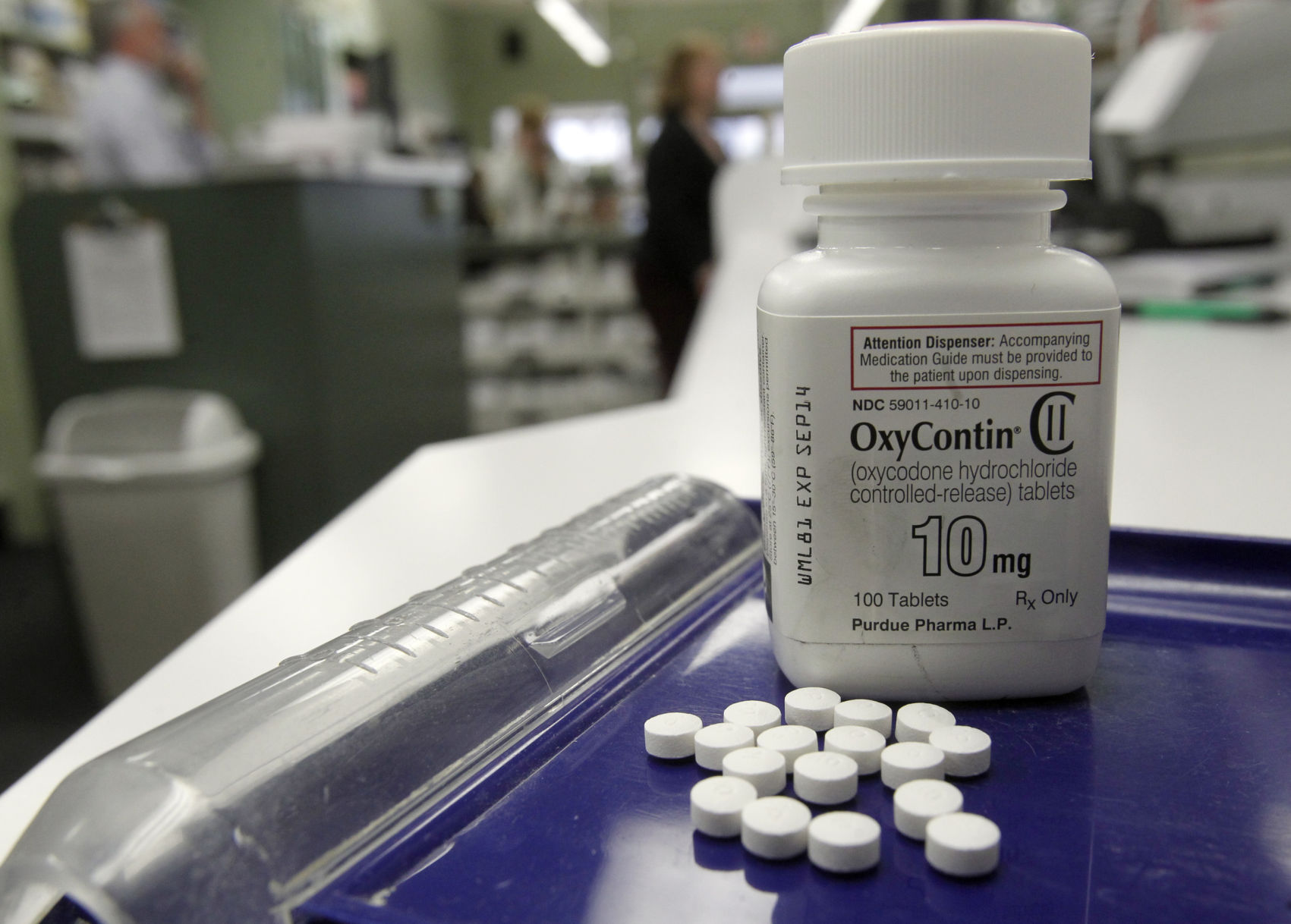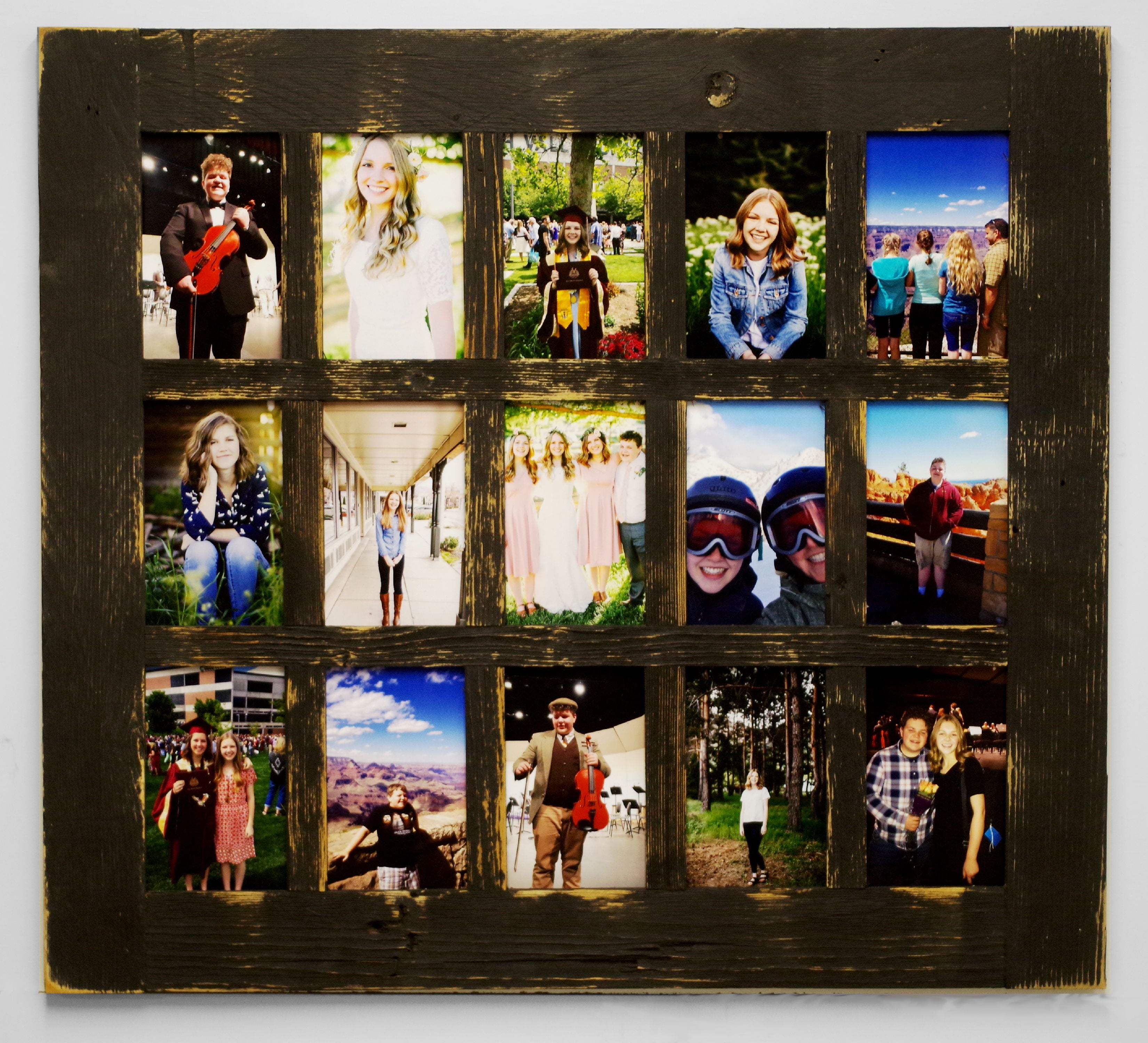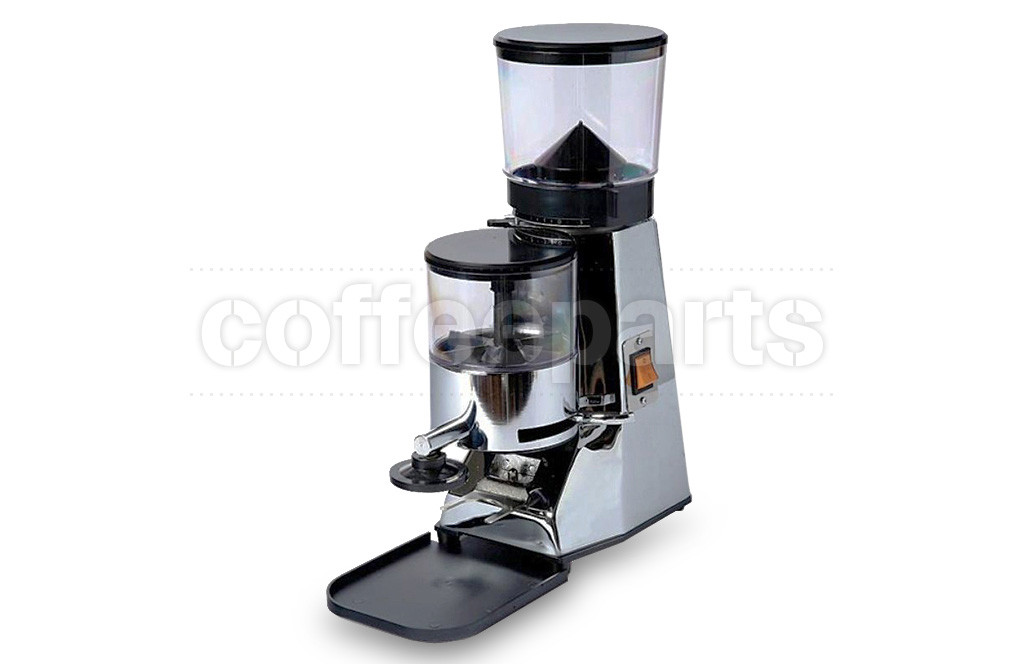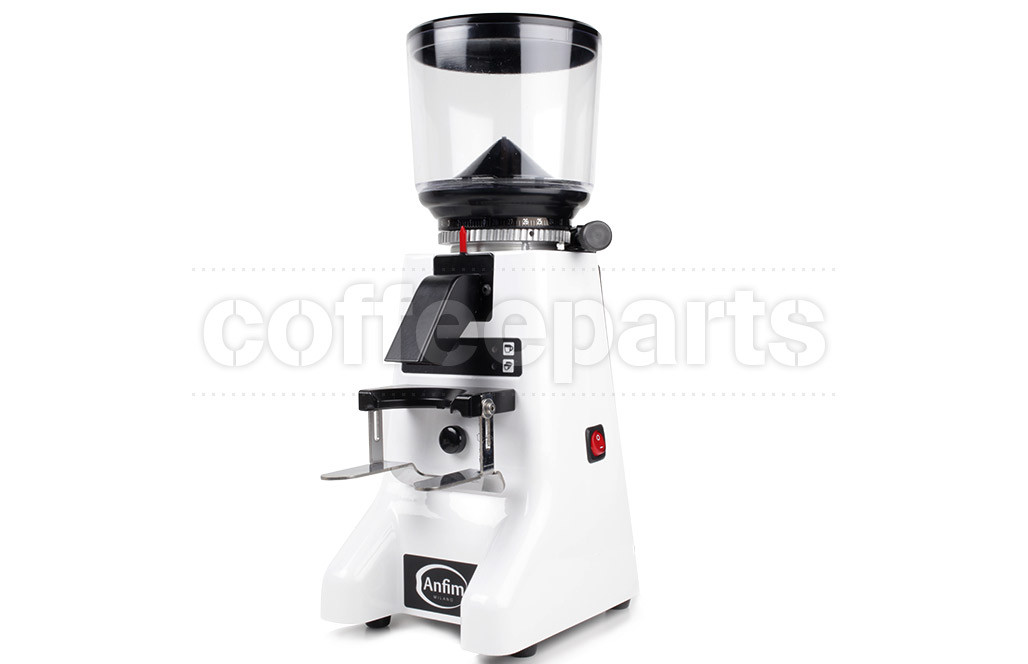Table of Content
If your food contains some liquid, such as a sauce, then it must be completely frozen to pass through airport security. You’re free to carry your peanut butter sandwich as long as it’s completely sealed. Pies and cakes are also allowed and will pass all the checkpoints. Keep in mind that every major airline has a policy regarding food allergies, but some have more helpful rules than others.
Since 2014, his content has been featured in major publications such as National Geographic, Smithsonian Magazine, Forbes, CNBC, US News, and Business Insider. For items not listed here, snap a picture or send a question to AskTSA onFacebook MessengerorTwitter. There are some foods like tuna, cooked broccoli, and hard-boiled eggs that are known for strong odors. Those can become a smelly nuisance as soon as you pop the lid on your tupperware.
Can I Bring Food On A Plane International Flight?
But with security agents becoming stricter than ever, it can be difficult to figure out exactly what is and isn't allowed on a flight. Many people have had to throw away entire bottles of water when passing through security, or have had jars of jam confiscated. This “twist and seal” food storage solution from Rubbermaid is a great option for everything from small snacks and veggies to sauces and gravies. The leakproof design mimics that of a childproof medicine bottle and won’t come loose or open up in your bag. There are foods that you can theoretically take with you in the cabin, but of which we don't recommend it.
You could stuff an already opened bag of chips, unwrapped protein bar, etc. in your carry-on and be fine. The same solid and liquid rules talked about above apply to food that you make on your own and bring from home. When flying, it’s best to hold your food in your lap or store it in your personal item or carry-on. Placing an item like a to go box on the floor may not be the most sanitary option — plus your food could slide around.
Can You Bring Food On The Airplane?
Secondly, chips are considered a solid, so they must go through the x-ray machine. If you are carrying a large bag of chips, the bag may need to be opened for a visual inspection. Yes, you can eat your food in airport, but there are some things to keep in mind.
The Rubbermaid Brilliance Storage offers a 100% leakproof design that’s both BPA-free and dishwasher-safe. If you happen to have fresh vegetables or crudités in your leftovers, you’ll want to be a little more careful. Travelers flying from Hawaii, Puerto Rico or the US Virgin Islands to the US mainland will not be permitted to bring most fresh vegetables due to the risk of spreading invasive plant pests. Though the TSA has pretty specific guidelines about traveling with food, ultimately the final call about what will be permitted on board an aircraft is up to the airline.
Processed snacks
If you’re traveling overseas, consider checking the customs regulations of the country you’re visiting. In order to avoid the risk of the officers throwing your goods at the borders, you can either pack food and meals that you’re allowed to bring onboard or choose a meal provided by the airline. Carrying souvenirs, liquids, and food in the airplane has always been a tricky question for passengers.

This has led some couples to bring more baby food and formula than TSA believes as necessary. And remember, it’s the size of the container that needs to be 3.4 ounces — not the amount of food inside. So you can’t bring 3.4 ounces of honey in a 5 ounce jar, for example. Removing your mask is permitted, but only if you’re actively drinking or eating. It's a question we've all asked, whether we're trying to smuggle home a local delicacy or just plain forgot about the cured meats in our carry-on until we were in the security line. Now that you know which foods you can and can’t bring on a plane, find out what you should never wear on a plane, according to flight attendants.
Note that TSA officers might ask you to remove the leftover turkey, fish or vegetables from your bag if they obstruct other items in the X-ray machine. Are you allowed to bring your own food on board a plane, or eat your own meal while waiting for your flight to depart? Did you know that you can even take a cheeseburger with you?
First, you can’t bring liquids through security, so if you’re packing your own food, make sure it doesn’t contain any liquids. Also, pack your food in something transparent so that it can be easily scanned by the x-ray machines. Once you’re past security, you can buy water and other drinks to take onboard. There are no restrictions on what you can or cannot bring on an international flight. However, there are restrictions on what you may and cannot carry into the country at various borders.
Hi Jeff, as long as the food does not contain liquids, you should be able to bring it through security even if it’s unfinished. Alcoholic beverages with more than 70% alcohol , including grain alcohol and 151 proof rum are not allowed on the plane. When you bring your food through TSA security, you want it to be properly packaged and separated. The other consideration is that the cargo hold can subject your food items to more extreme conditions whether it be temperature or pressure. A live lobster —yes, a live lobster —is allowed through security and must be transported in a clear, plastic, spill proof container.
For items you wish to carry on, you should check with the airline to ensure that the item will fit in the overhead bin or underneath the seat of the airplane. If you plan to packed those items in your luggage, Farbstein suggests doing so with extra care. “If you’re bringing a special bottle of wine or Champagne, definitely put that in your checked bag and just wrap it up, whether it’s in your extra clothing or putting bubble wrap around it,” she says.
Moreover, some airlines provide peanuts and energy bars regularly. So, consider contacting the airline in advance in order to substitute these snacks with allergy-free food. But, the meal you make yourself is more reliable in terms of quality and prior preparation. Catering companies must be examined every three to five years, according to FDA regulations.

However, note that people’s taste perception changes in the air and most aircraft meals are high in sodium. People lose up to 30% of their taste for salt, and airlines avoid adding salt since it dehydrates passengers, instead of adding more flavor profiles to their meals. Meals are normally produced on the ground near the airport in catering facilities, then brought to the aircraft and placed in refrigerators for cabin attendants to heat and serve on board.



















